2004 Renault Wind Concept
.png/v1/fill/w_320,h_320/file.jpg) Story Cars
Story Cars- Dec 30, 2024
- 2 min read

The 2004 Renault Wind Concept, unveiled at the Geneva Motor Show, was a striking 2+1 roadster that showcased Renault's innovative approach to design and engineering. With its streamlined silhouette and compact proportions, the Wind was both elegant and dynamic, offering a fresh take on the small sports car market. Designed to appeal to young and adventurous buyers, it combined a sporty appearance with practical and ergonomic features.
The Wind’s exterior was characterized by flowing lines, vertical headlights, and an elongated hood, giving it the proportions of a classic roadster. Its compact dimensions, with a length of 3.82 meters, and widely spaced wheels emphasized its agility and sporty character. The panoramic windscreen wrapped seamlessly into the side windows, enhancing the car's aerodynamic profile, while the large front air intakes and distinctive five-spoke wheels completed its aggressive stance.
Inside, the Wind embraced Renault’s “Touch Design” philosophy, blending simplicity with high-tech elegance. The two-tone brown leather interior exuded luxury, while innovative features like the swiveling center section between the front seatbacks allowed the creation of a third seat for occasional use. The absence of a traditional dashboard was compensated by a single large round instrument combining a tachometer and speedometer, surrounded by minimalist controls for climate and navigation. The pedals, mounted on the floor in a nod to classic sports cars, and the adjustable steering wheel and pedal assembly added to the ergonomic design.
Under the hood, the Wind was powered by a naturally aspirated 2.0-liter inline-4 engine producing 136 horsepower. This engine, paired with a six-speed robotized gearbox, promised lively performance. Paddle shifters allowed manual gear changes for an engaging driving experience, while the lightweight construction, with the car tipping the scales at just 850 kg, ensured agility on the road.
The Wind’s practicality was highlighted by a 232-liter trunk, unusual for a car in its class. The triple-thickness fabric roof, complete with a rounded rear glass window, provided protection against inclement weather while maintaining the car's sleek profile. Despite its compact size, the Wind offered a surprisingly spacious cabin for a roadster, reflecting Renault’s commitment to both style and functionality.
While the Renault Wind was a concept and its production potential remained uncertain, it demonstrated the brand’s ability to merge charm, performance, and innovative design into a cohesive package. The Wind was not only a showcase of Renault’s creative prowess but also a vision of what a small, elegant, and versatile sports car could be.








































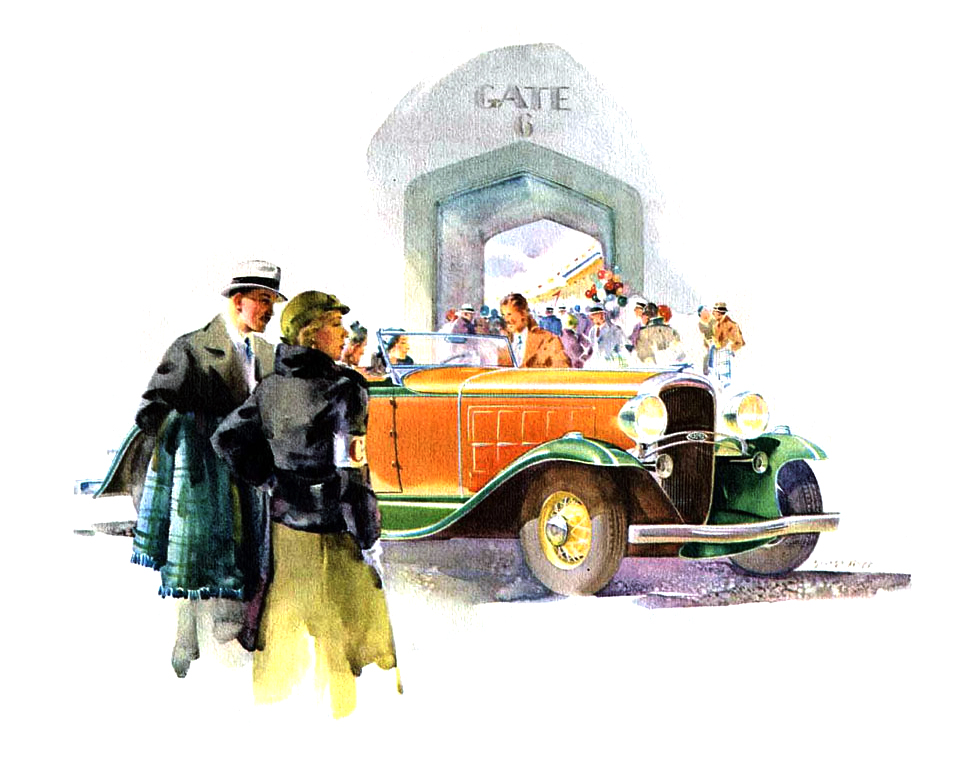
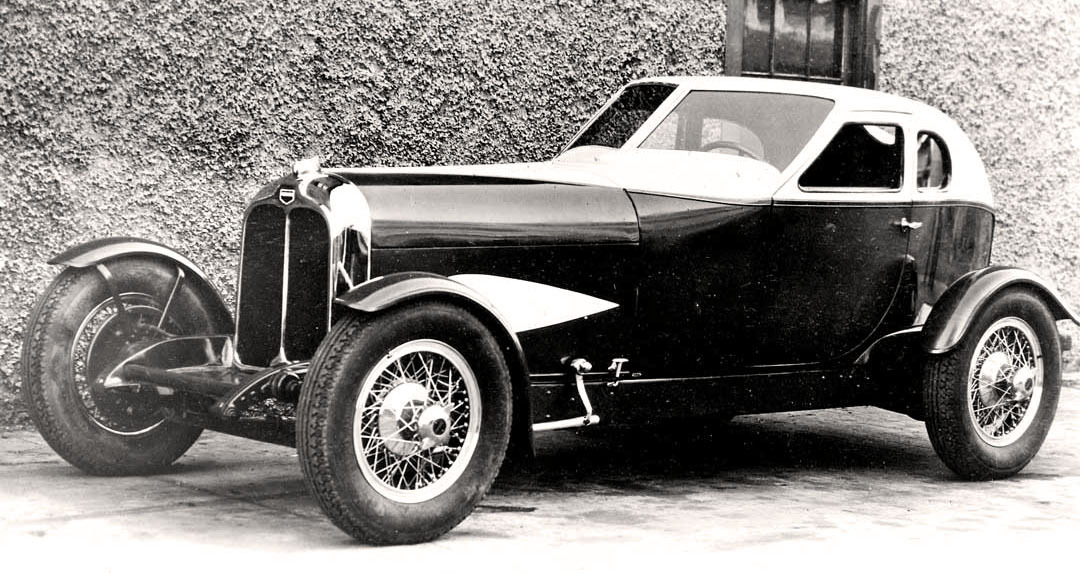
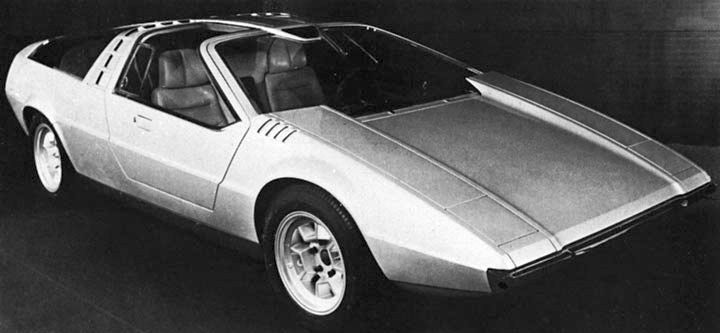






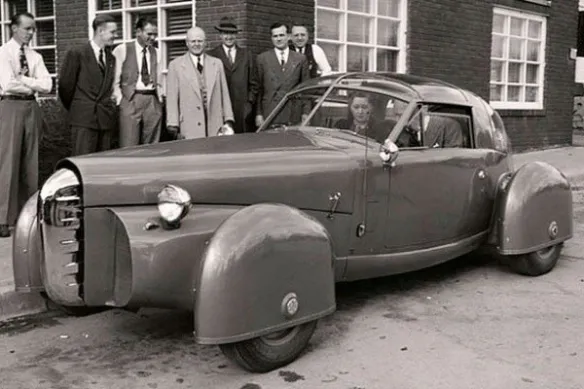



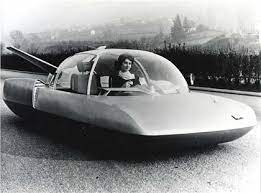

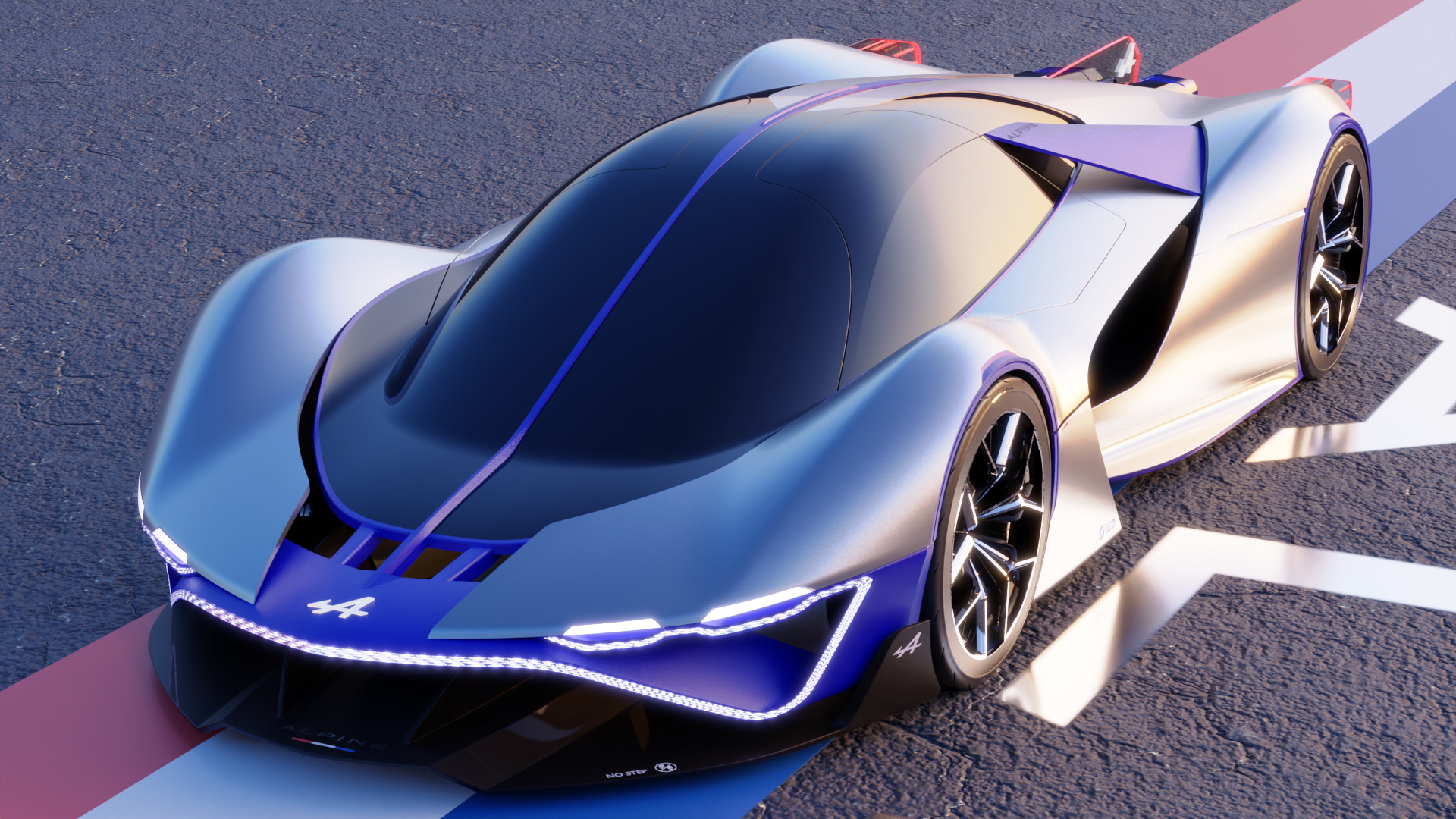
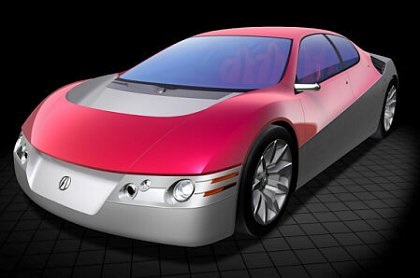

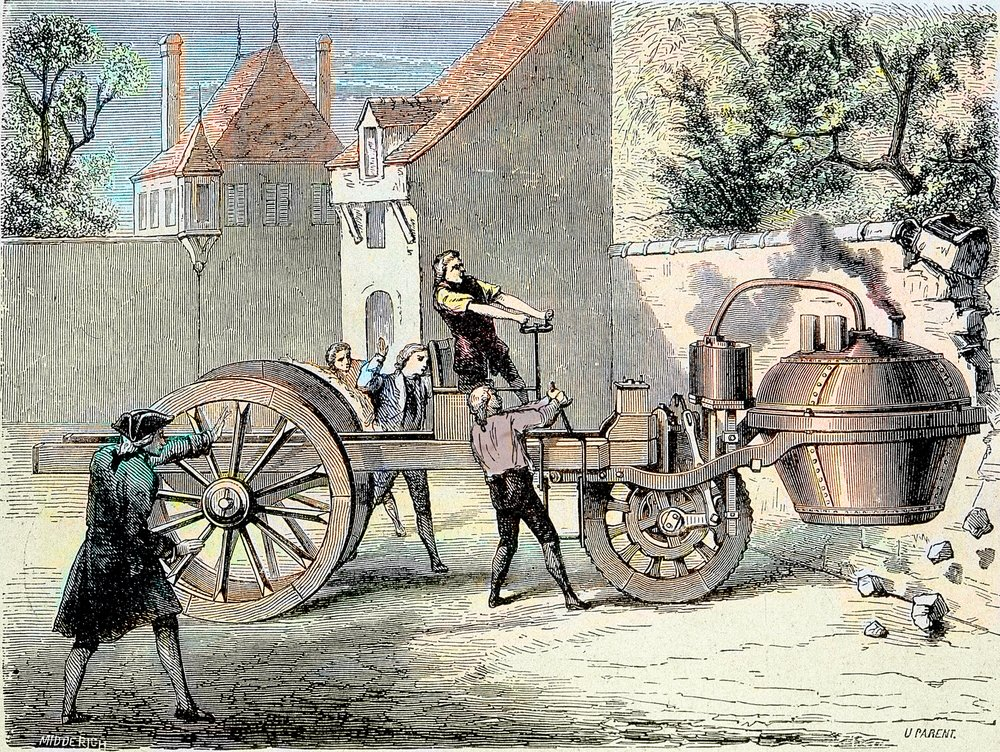
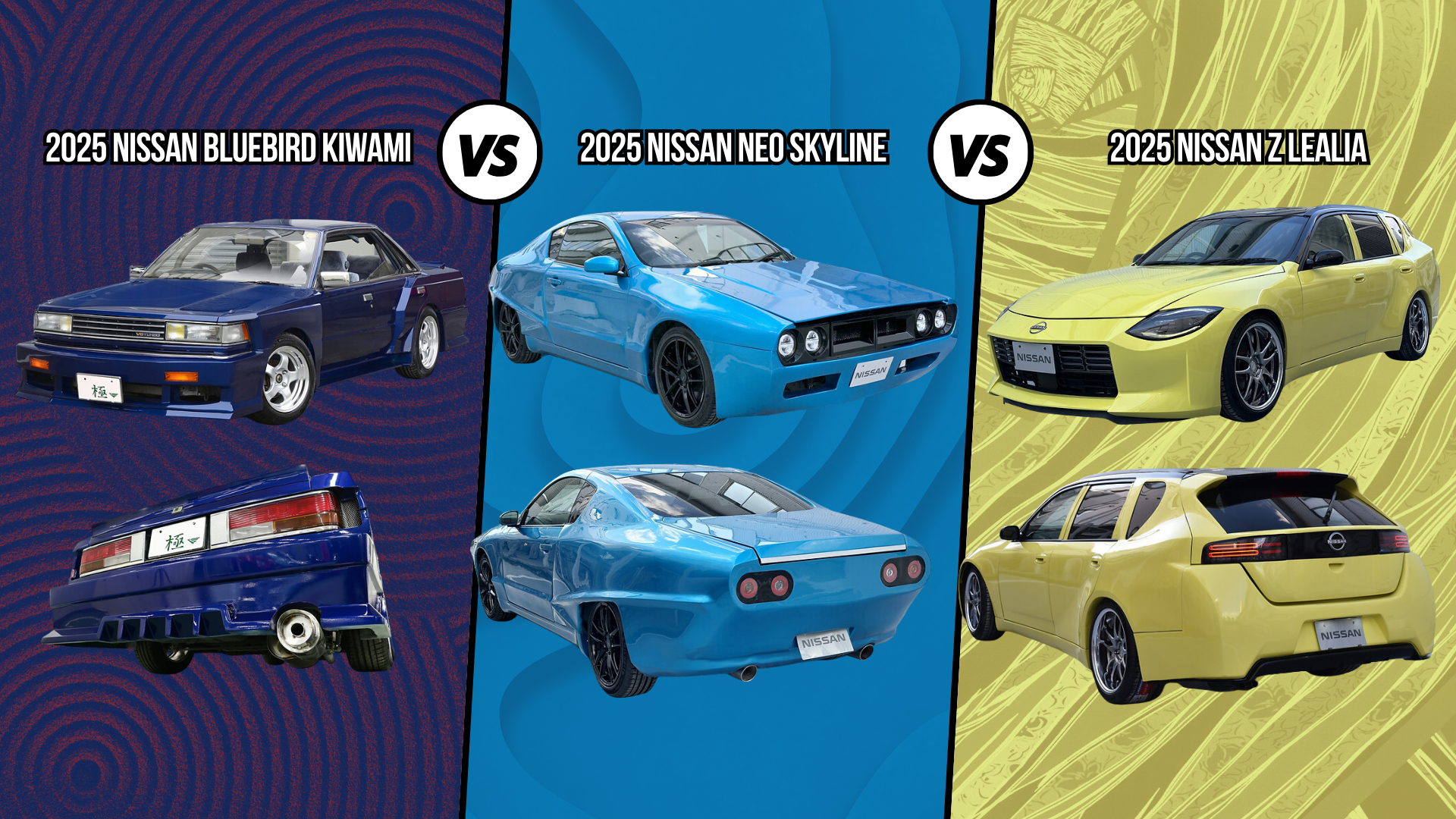

Comments